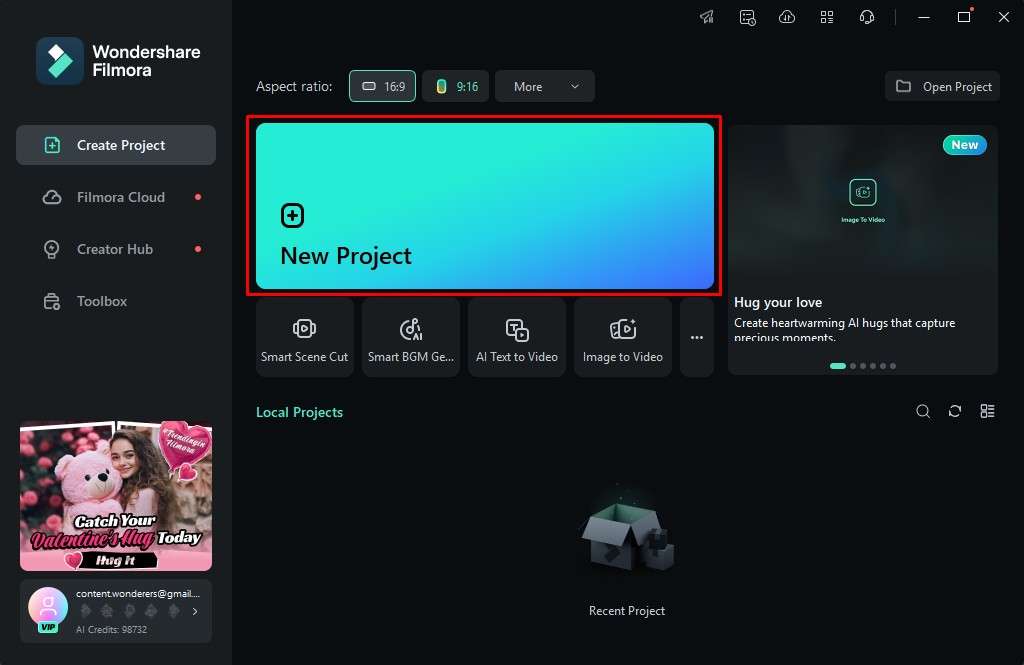The Evolution of Spatial Video Content Creation
Spatial video content creation has undergone remarkable transformation with the advent of sophisticated capture technologies and processing capabilities. Modern creators now have access to professional-grade tools that were once exclusive to major film studios, democratizing the production of high-quality three-dimensional content.
The process begins with specialized camera systems that capture multiple perspectives simultaneously, creating the depth data necessary for 3D reconstruction. Advanced software then processes this information, applying complex algorithms to generate smooth, natural-looking three-dimensional footage that maintains visual fidelity across different viewing angles and distances.
Content creators are increasingly leveraging artificial intelligence and machine learning to enhance the 3D video production workflow. These technologies can automatically optimize depth mapping, reduce artifacts, and even convert existing 2D content into compelling three-dimensional experiences, significantly reducing production time and costs while maintaining professional quality standards.




